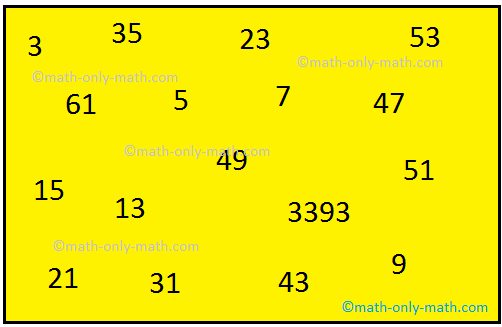

That’s the power of the sieve of Eratosthenes. With 168 filtering steps, one can isolate the primes up to 1 million. With eight filtering steps, one can isolate the primes up to 400. Sieving multiples of 2, 3, 5 and 7 leaves only the primes between 1 and 100. If you do this with all numbers from 2 to 100, only prime numbers will remain. First, filter out multiples of 2, then 3, then 5, then 7 – the first four primes. By convention, mathematicians don’t count 1 itself as a prime number.Įuclid proved the infinitude of primes – they go on forever – but history suggests it was Eratosthenes who gave us the sieve to quickly list the primes. This means that prime numbers can’t be evenly divided by any smaller number except 1. “A prime number is that which is measured by the unit alone,” mathematician Euclid wrote in 300 B.C. But the core idea of the sieve has not changed in over 2,000 years. It allows today’s computers to find billions of primes in less than a second. This sieving process produced tables of millions of primes in the 1800s. To study primes, mathematicians strain whole numbers through one virtual mesh after another until only primes remain.

#A big list of prime numbers up to 100 how to#
Why they have captivated mathematicians for millennia? How to find primes When the King of Norway presents the award to Langlands in May, he will honor the latest in a 2,300-year effort to understand prime numbers, arguably the biggest and oldest data set in mathematics.Īs a mathematician devoted to this “Langlands program,” I’m fascinated by the history of prime numbers and how recent advances tease out their secrets. Langlands’ research demonstrated how concepts from geometry, algebra and analysis could be brought together by a common link to prime numbers. On March 20, American-Canadian mathematician Robert Langlands received the Abel Prize, celebrating lifetime achievement in mathematics.


 0 kommentar(er)
0 kommentar(er)
